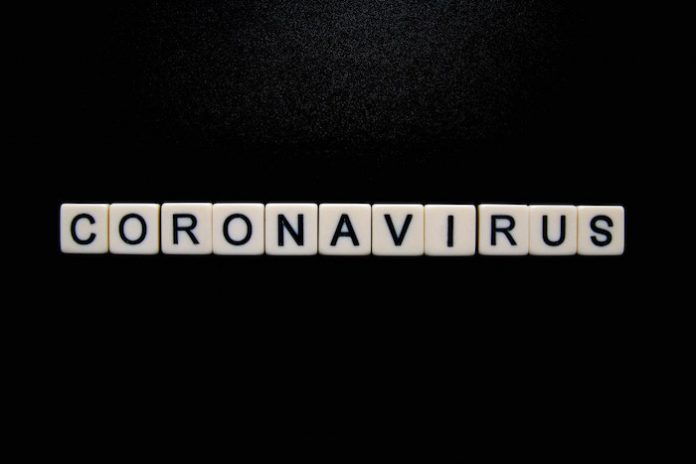The coronavirus pandemic has made its mark on every market segment in the UK, with some sectors more drastically affected than others. However, perhaps one of the lesser known impacts of COVID-19 is the influence it’s had on the lanyard market.
In case you didn’t know, lanyards are those handy cards with cords that we place around our necks to identify ourselves at a venue. Lanyards have a long history as a functional piece of equipment originally used in the navy and on land, and their usefulness continues today.
Buying a lanyard for concerts, sporting events, or business conferences is a straightforward transaction, but typically, lanyards are often bought in bulk by businesses, large music venues, hospitals, and security companies. Not only are they useful, but also they serve a host of marketing and branding needs. Nonetheless, with such seismic shifts being triggered by COVID-19 on a global scale, where does this leave the lanyard market today?
The emergence of the face mask exemption lanyard
Most sectors have had to adapt their strategies to accommodate the new reality brought about by the global pandemic. In the same way that sunflower lanyards signal that the person wearing it has a hidden disability, or a medical condition such as COPD or asthma, so too do lanyards which communicate that the wearer is exempt from wearing a face mask.
The government’s ongoing social distancing lanyards
In addition to social distancing lanyards, the UK government’s Distance Aware initiative helps to promote the continued need for social distancing during the pandemic. Approved by the Department of Health and Social Care, the yellow, black and white branding on the lanyards read: “Please give me space. Be kind. Thank you for understanding.” With the onset of this campaign, it’s perhaps understandable that there has been a growing interest in the usefulness of lanyards in the overall lanyard market.
The rise of specialized social distancing lanyards
Although rules have changed around social distancing since the pandemic began, the need to keep your distance from each other remains, and wearing a lanyard to remind others to keep to the rules is becoming popular. For example, for those who are immunocompromised with conditions and illnesses such as cancer, genetic immune deficiencies, or ulcerative colitis, there are now specific lanyards available for those with these specific conditions.
Safety lanyards at work
One of the most popular uses of lanyards is at concerts and large music venues, but, unfortunately, the arts and entertainment industries are not set to return to normal in the near future. In contrast, other sectors, for example, construction, are operating at the same or higher frequency, equating to a continued need for safety lanyards at work to ensure workers are safe in their environments and their work tools are secured too.
Hand sanitizer lanyards
As we grow used to keeping face masks and hand gel on our person when we go out, we also begin to appreciate convenient ways to carry these items around. Consumers can now purchase hand gel lanyards, designed to hold small hand sanitizer bottles around the neck, making them very accessible and handsfree too.
Personalized COVID-19 lanyards
Along with lanyards conveying important safety messages about underlying health conditions, exemptions, and social distancing, there remains a continued interest in personalized lanyards too. Because lanyards can be tailored with any color, logo, or message, and can be made from different kinds of fabrics, they are hugely popular for those wishing to make a statement or send a message in their own unique way. They are a nice touch during these unusual times.
Find a Home-Based Business to Start-Up >>> Hundreds of Business Listings.

















































